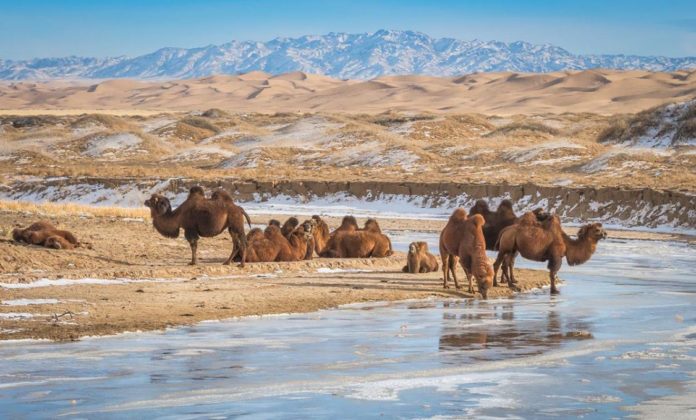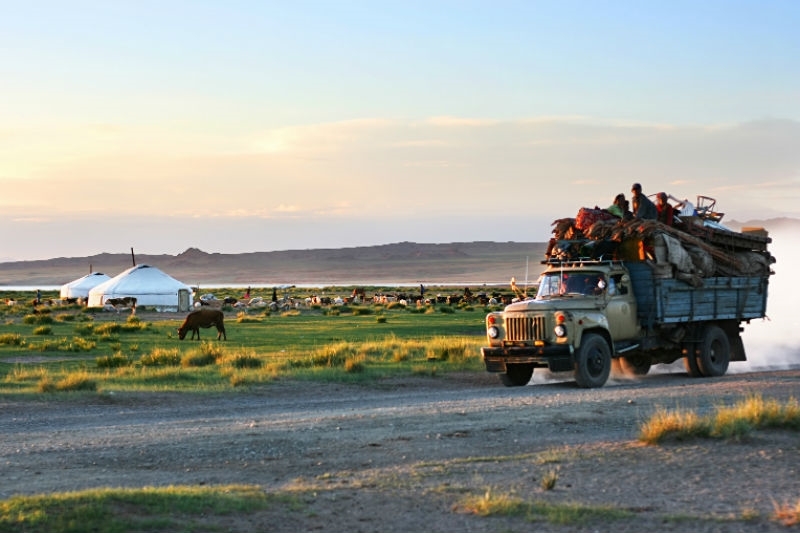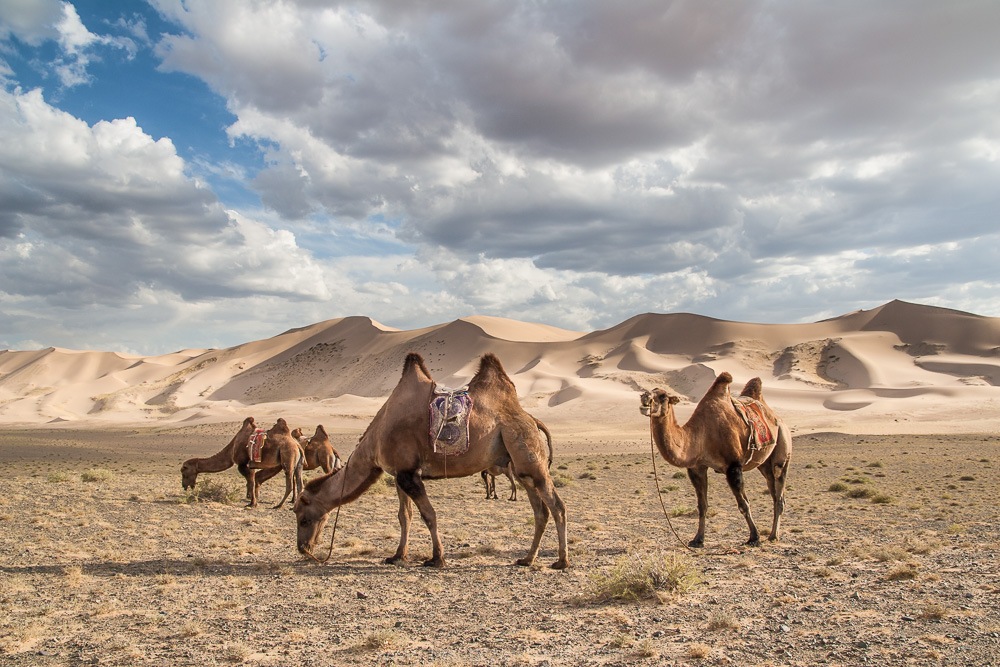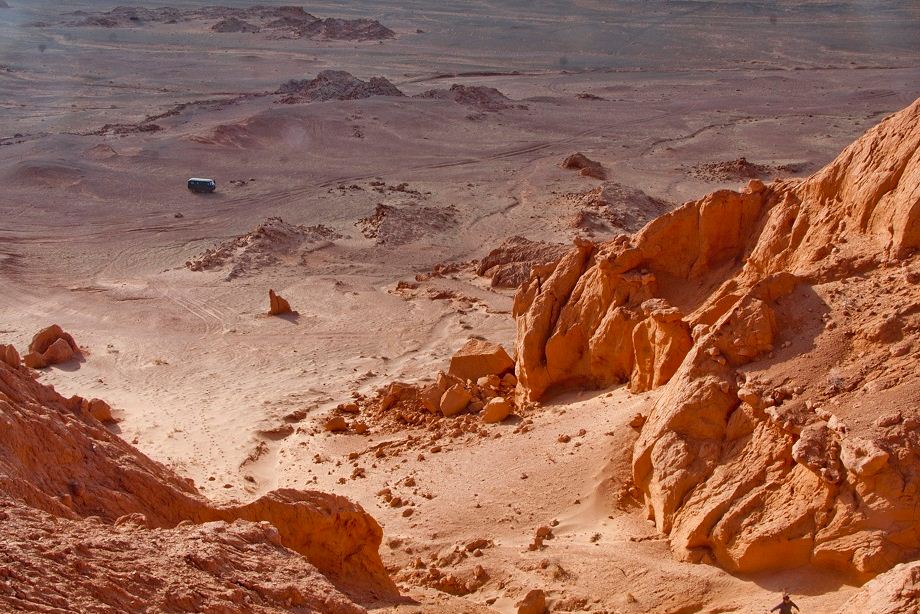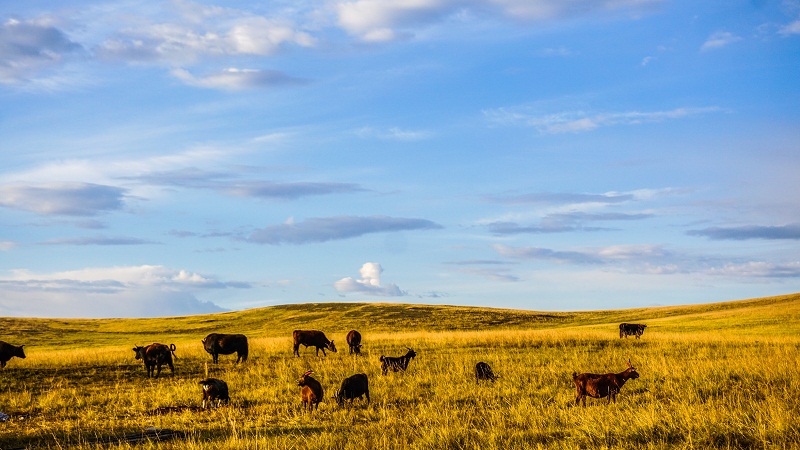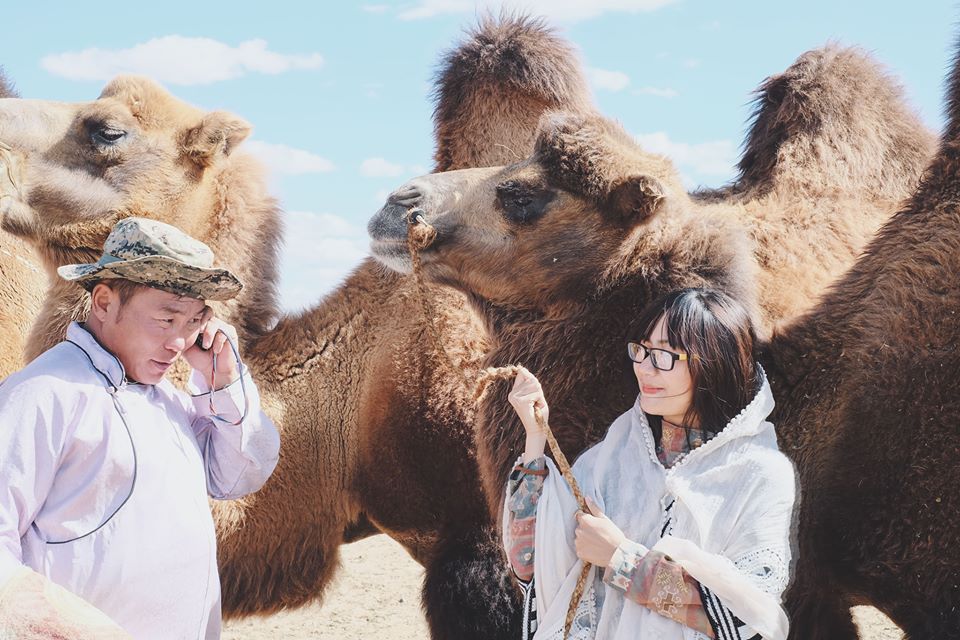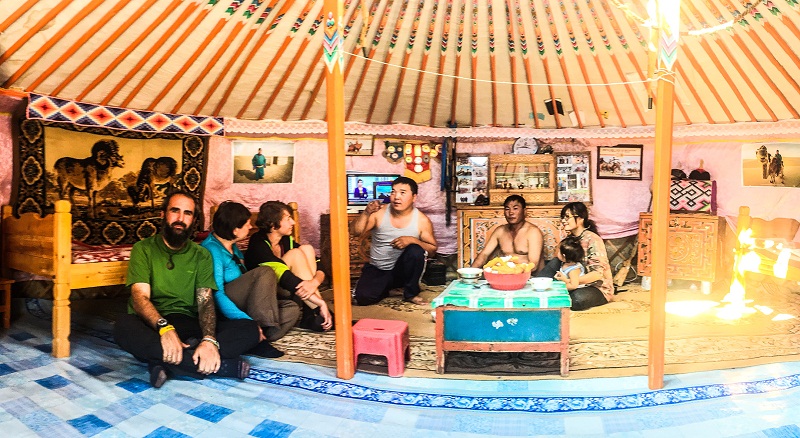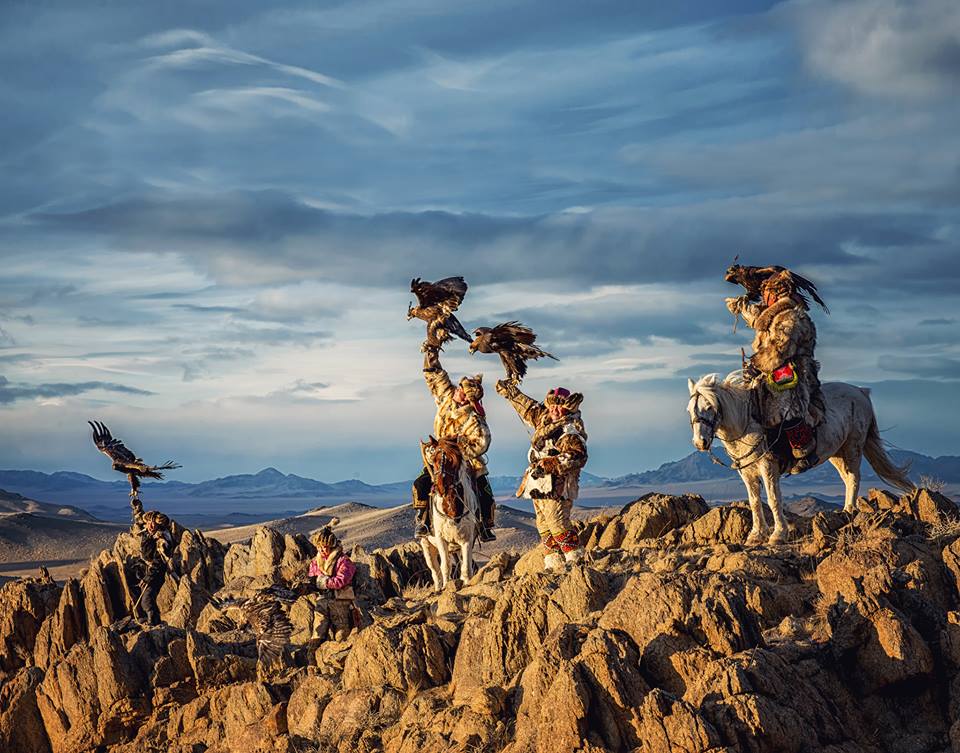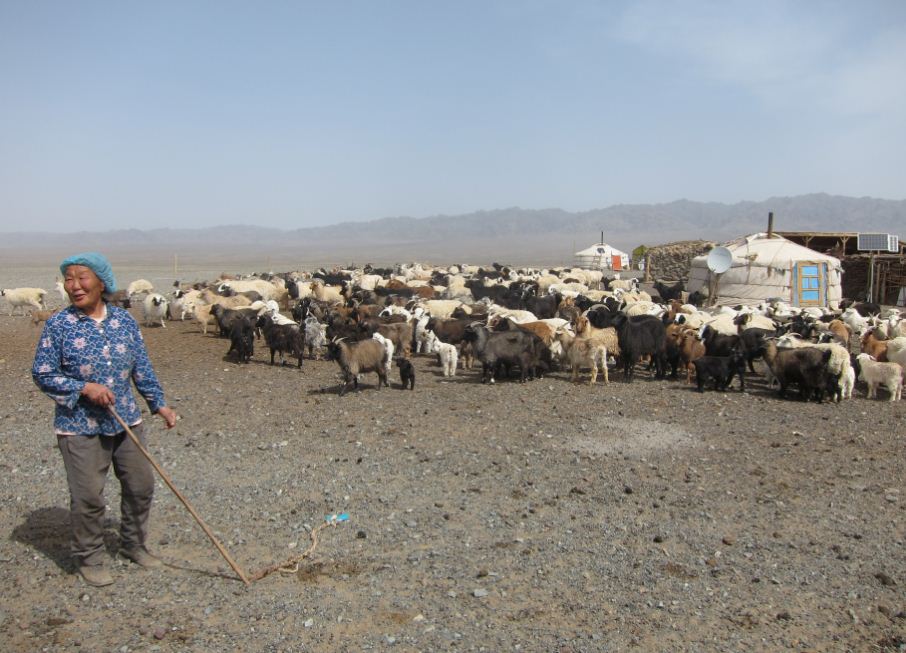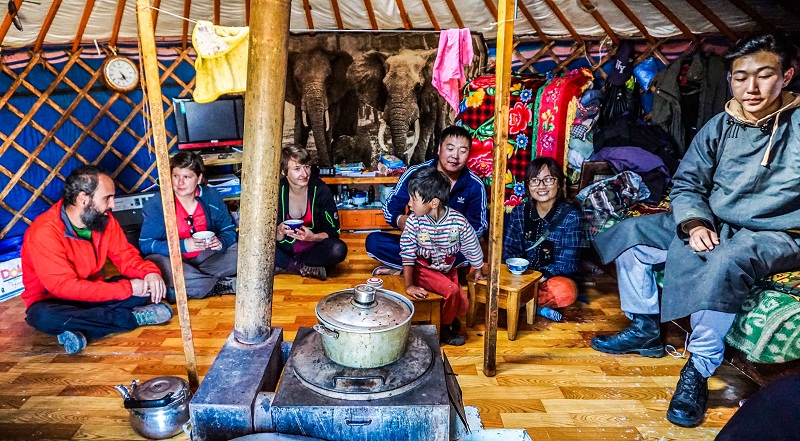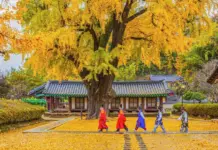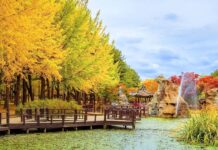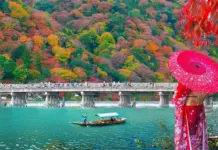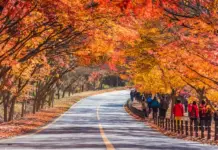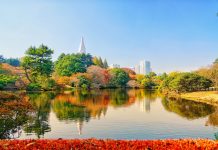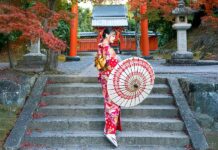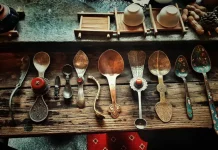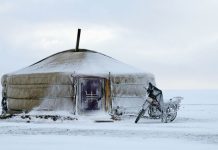Although I visited many countries around the world, my journey to Mongo is the most memorable. A 12-day road trip on an old van to explore Gobi desert last autumn was one of my most beautiful itineraries ever in my life. Let’s discover the Gobi desert tour with me through 12 day road trip in Gobi desert.
- Mongolia travel blog — Explore the life of Mongolian nomads in the heart of Gobi desert
- Xinjiang blog — A journey to the paradise on earth
- Trans-Siberian Railway experience — My wonderful trip around one eighth of the world
- Java travel blog — The wonderful backpacking trip for exploring Java Island, Indonesia
- My trip to Bali blog — My first real vacation in Bali
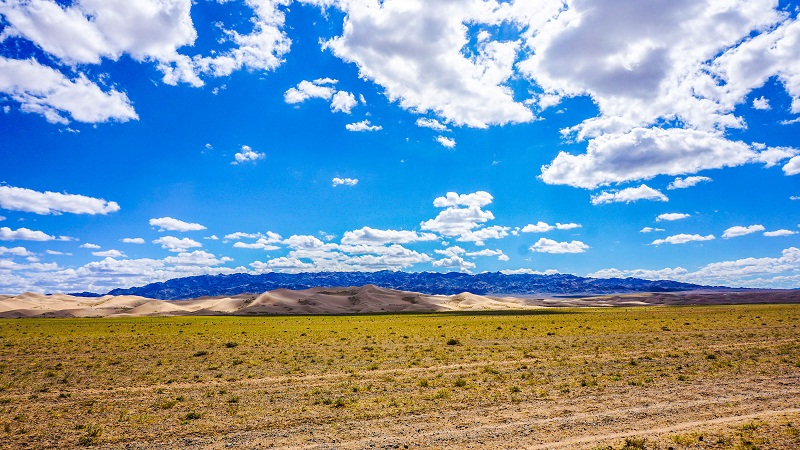
Gobi
I decide to travel to Gobi desert after knowing a Polish family, who is planning for a trip there. It takes them three days to bargain and rent a good car for 5 people at 100usd/day, including a driver, petrol and appliances for cooking meals during our trip. A tent is rented at 8usd/day. And luckily, they need one more passenger, who will be me.
We visit Gobi in September, when it’s autumn with nice weather and no snow. In the sunny season, Gobi is scorching but in other seasons, it’s cold and dry brought from the winds of savannas and deserts. Although it’s very cold this time of the year, a girl from a tropical region as me can keep myself warm at night with a tent, sleeping bag and insulated mat.
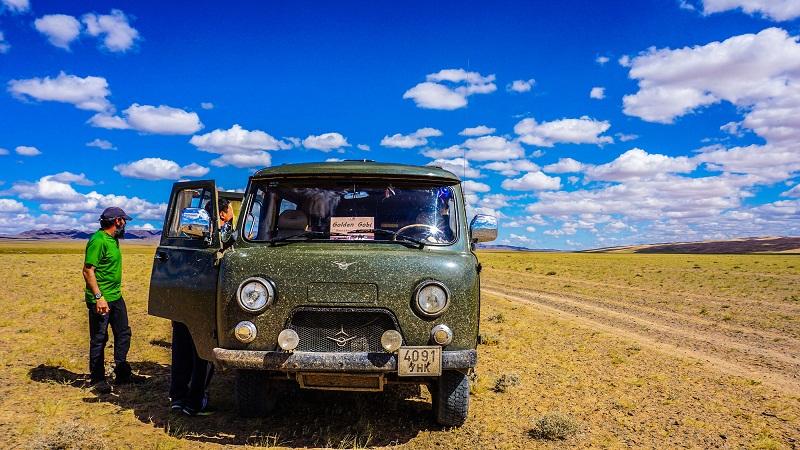
We meet our driver, Eggiemu, at Ulaanbaatar capital before the journey. Eggie helps us to carry our luggage while talking about Gobi: “Gobi is the largest deserts of Asia, the fourth largest of the world. It expands a large area of China and Mongo. It’s very great and secret”.
We prepare a big yellow box of different kinds of foods, ready for a long journey of 12 days. All appliances are set as neatly as possible in another big box for a road trip. Each of us will be responsible for preparing ingredients for 2 -3 days with our national dishes to exchange during the trip. Among 5 of us, there are 3 Polish, one from Hong Kong and me from Vietnam. We choose to bring dry ingredients, vegetables, canned meat, rice and instant noodles. Most of chosen foods are easy for us to store and cook in a long journey.
In addition, we bring a can of 30 liters of water to use for cooking during 4 days for 5 people. Every four days, we will fill the can again from some villages. Water on the car is only used for cooking, washing dishes and brushing our teeth in a saving way. We are not allowed to use water for our personal hygience. In stead, we use wet towels to clean our face and body. Each individual has to prepare mineral water for ourselves. Those are all of necessities for our journey to the desert.
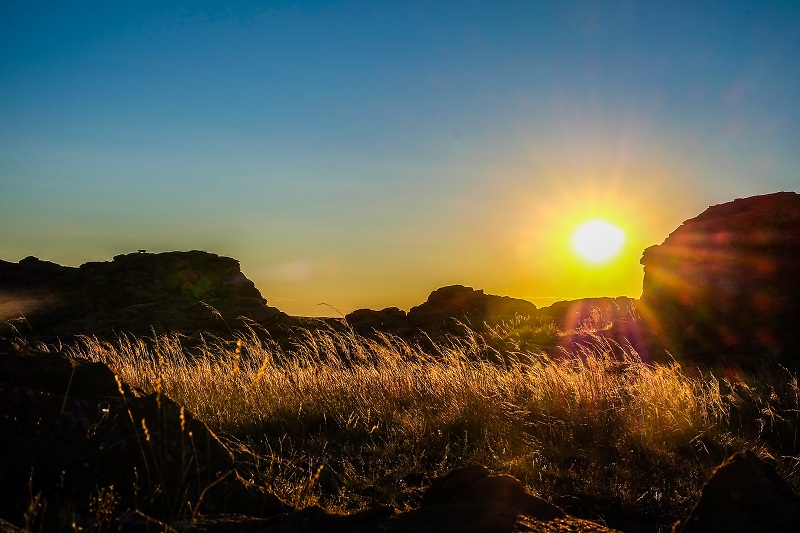
Opposite color tones
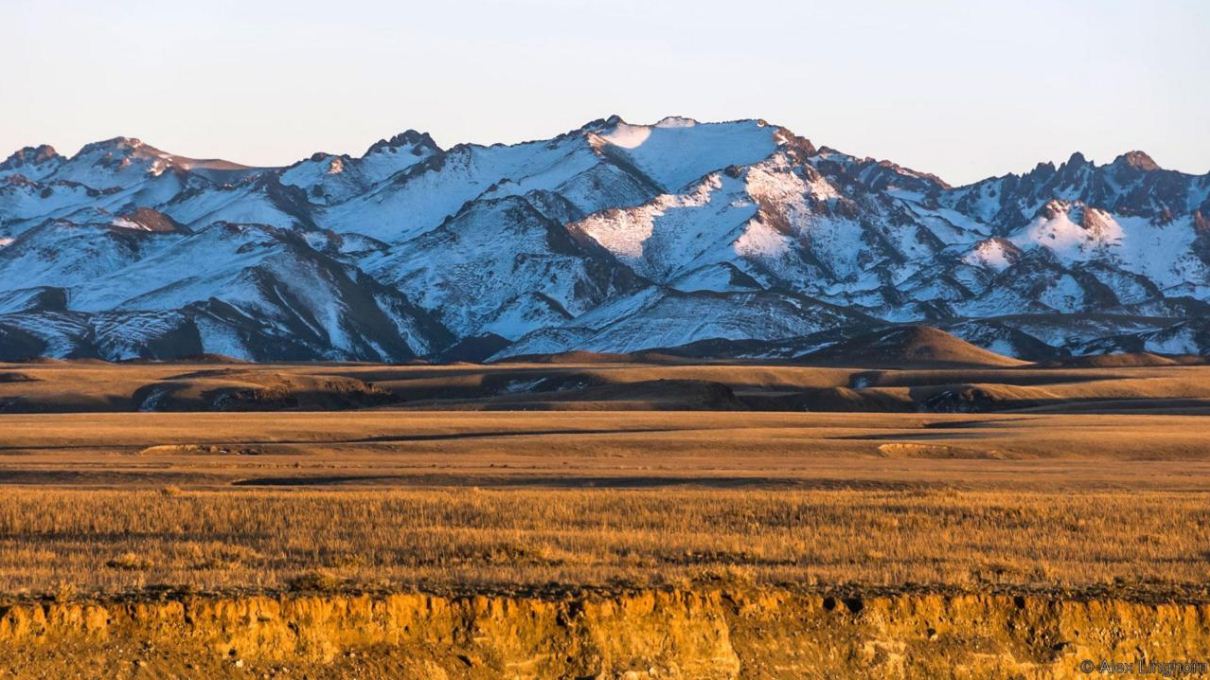
The Russian Minivan takes us away from the noisy and crowded capital city of Ulaanbaatar to quiet and serene grasslands. We pass by some white, round ger tents and some herds of cattle feeding, scattered on the grassland every 7-8km. I am surprised by two opposite color tones of Mongo. One side of this country is very developing, noisy and crowded as if it was trying to mix with Ulaanbaatar capital, while the other side features very peaceful grasslands with some nomads, who are still keeping their traditional lifestyle that is away from the modern world.
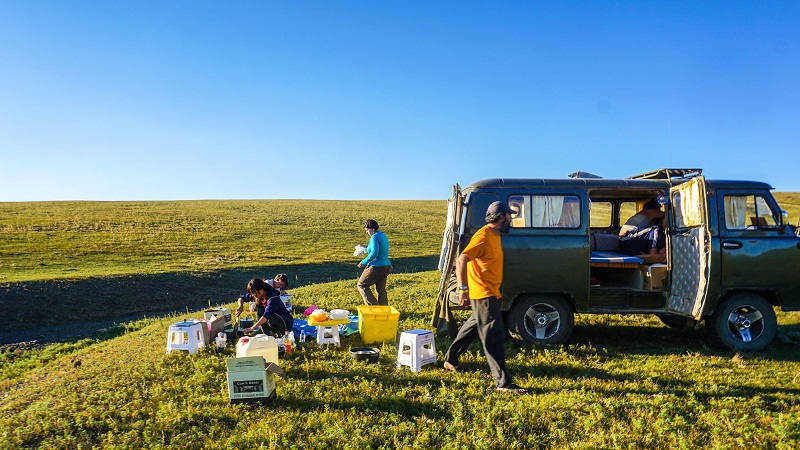
After several hours moving along smooth streets, Eggie starts to turn to grassland with no road. There are only some old tracks on this large area. The car goes up and down constantly on its rocky and grassy path. Five passengers on it are swinging like five balls in a cage. Although we all get tired after 8 hours on the car, we are very excited because the scenery is too beautiful in front of us and some rap or rock ‘n’ roll music, written in the time of Soviet Union that we listened on the car.
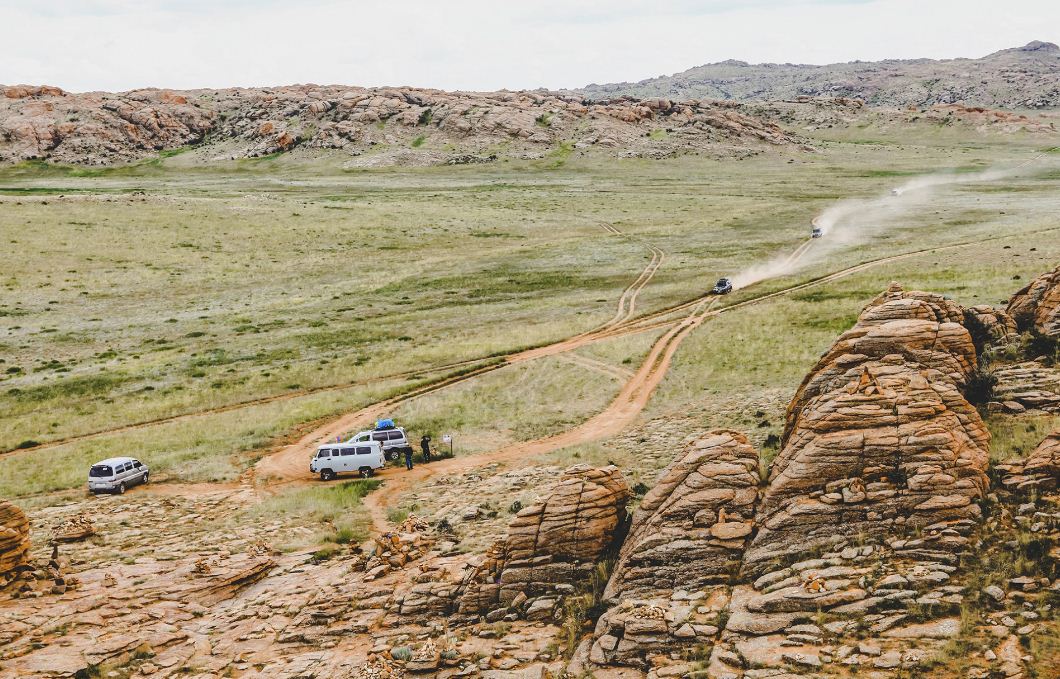
I used to think of Gobi as any other deserts in the world. I was afraid that I would feel very bored after two days here and did not expect many interesting experiences before the trip. Until after I enjoy my days in Gobi, do I realize that there is not any boring thing in the desert. Each day in Gobi is a different view and experience.
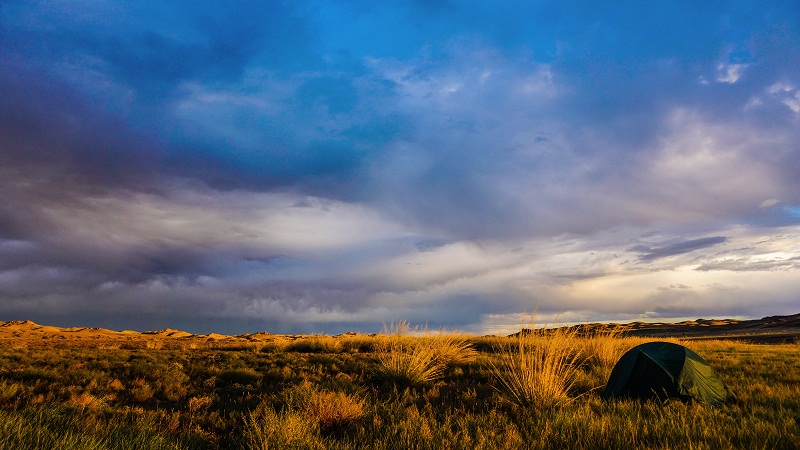
In Gobi, tourists can view permanent rocky mountains, picturesque valleys filled with organce, yellow or red colors as Cappadocias in Turkey. The desert also showcases unoccupied ancient monasteries, aromatic plants and immense sandy deserts that fascinate guests like me.
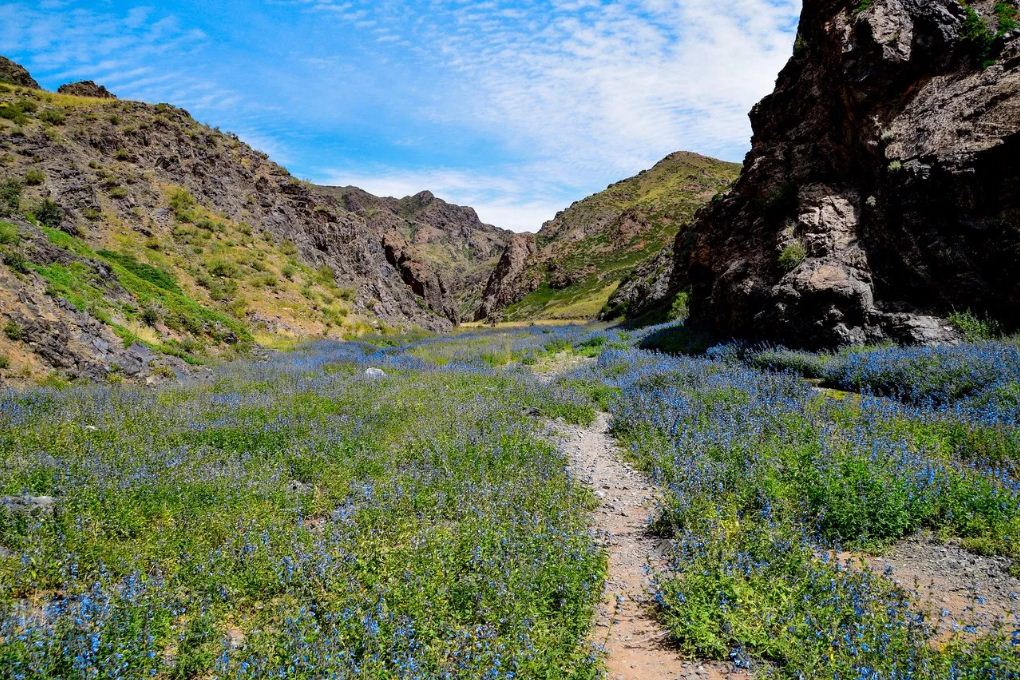
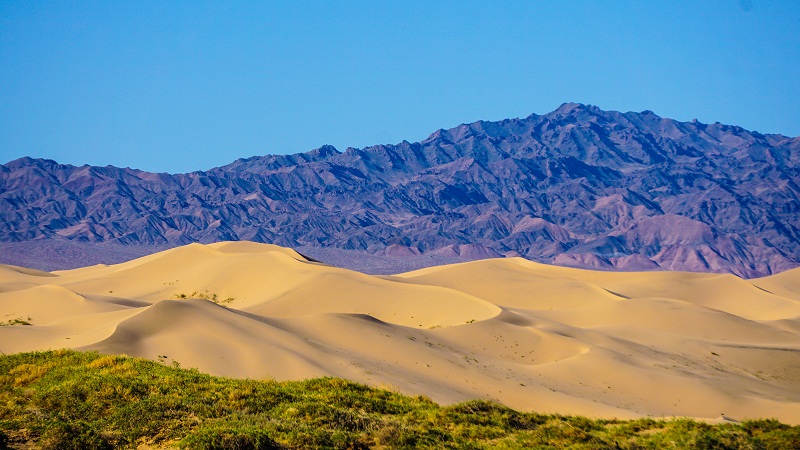
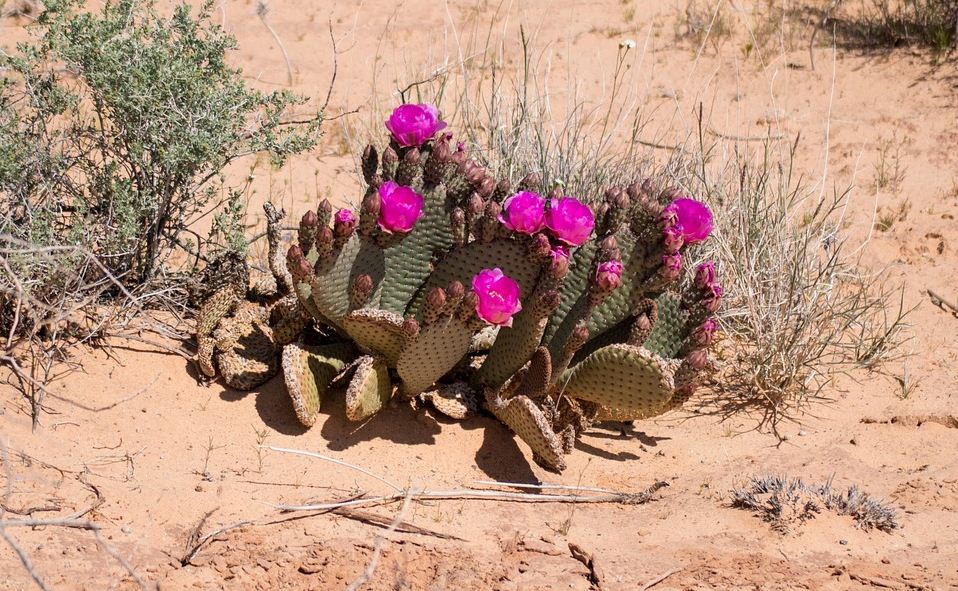
A dayin Mongo is very long. The sun rises at 4 in the morning and sets at 8 in the evening.
Gobi is severe, but beautiful with a blue sky, nice sunriseand sunset and marvelous milky way. I believe that Gobi can charm any hearts, even the toughest visitor.
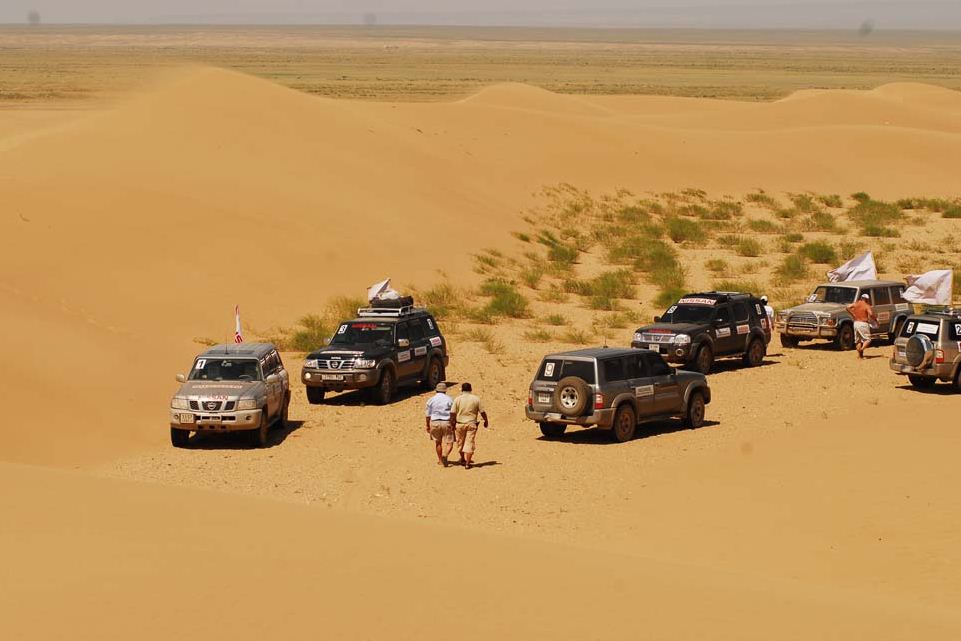
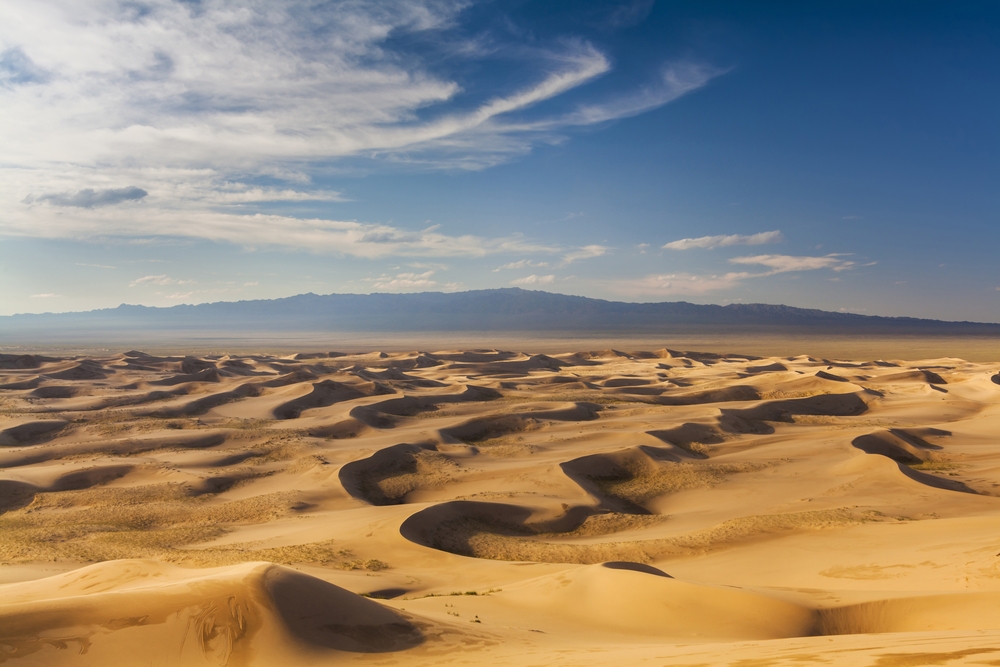
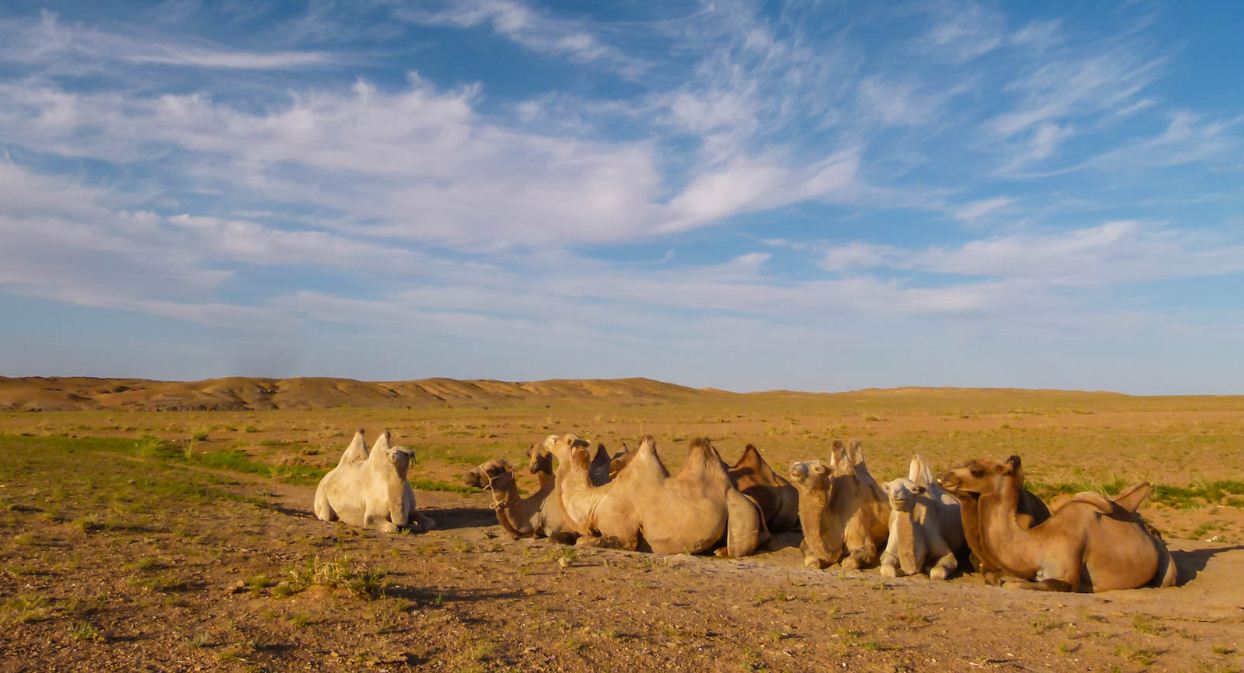
“Those were the days”
After 6 days of our journey, I have the opportunity to ride a camelus bactrianus (a camel with two humps), which only live in this region. According to local people, camels are very useful to the life of nomads. Their feathers are used to weave clothes, milk for nutritious drinks and dry droppings for fuel. Their skins are used to make shoes and saddles. It costs us about 10usd for a camel ride around the desert and taking photos. These strong camels are so stinky that makes me cough continuously when I first climb up to its back.
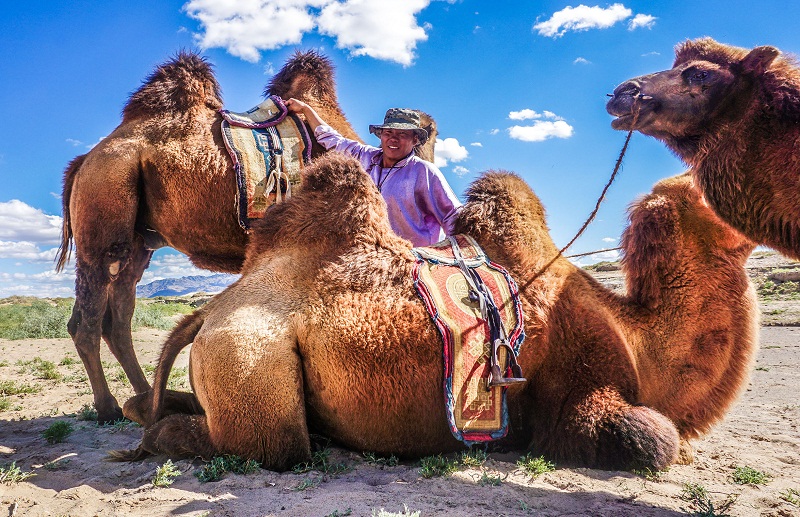
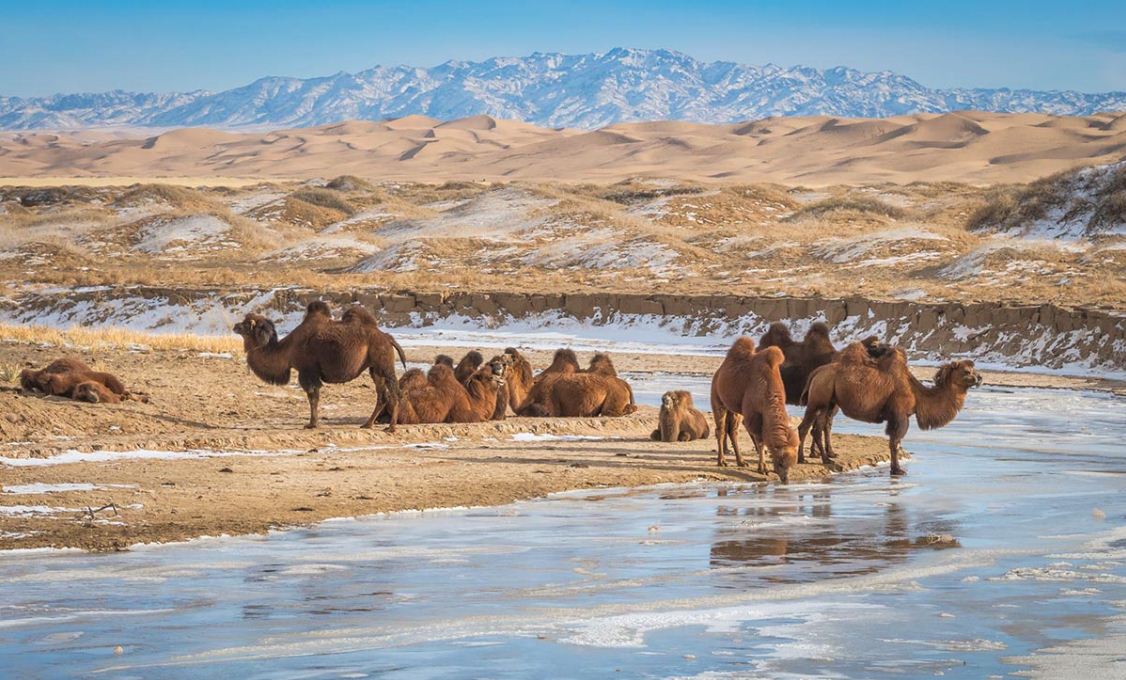
We visit many tents, which are also known as gers of nomads during our journey on the desert. When you bump into any gers, you can push the door and come inside. We always take off our shoes and get inside to the left side of the gers. Whoever you are, nomads will warmly welcome you with cake, tea or milk taken from their cattle, which are sheep, goats or camels. The wine will taste sour and deep while milk is a little bit salty.
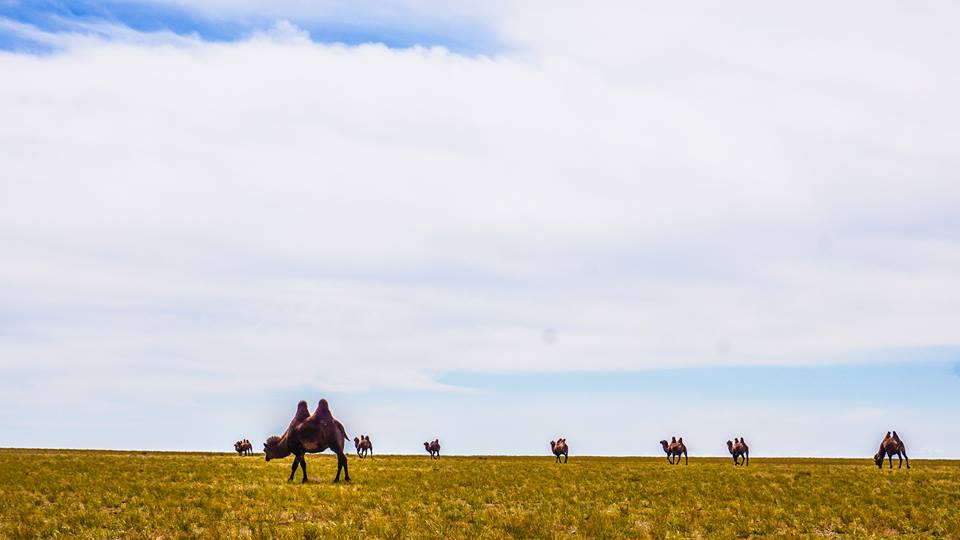
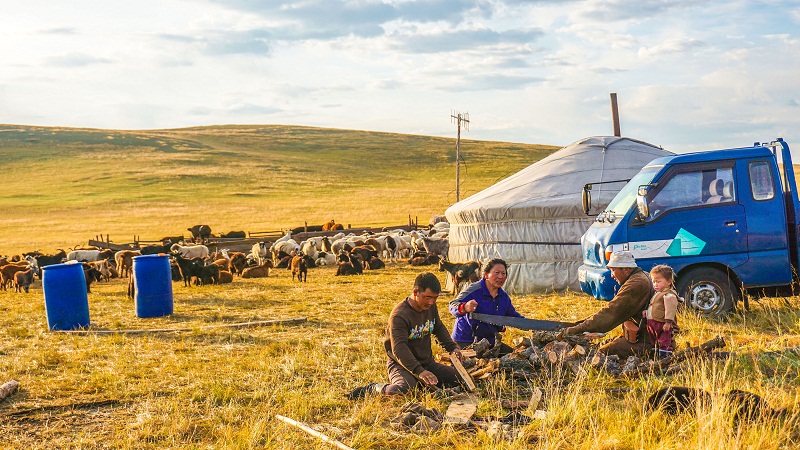
In stead, you should give them some small gifts, which may be sweets or biscuits for their hospitality because local people in Mongo are interested in exchanging items. Although I do not like their food so much, I feel fantastic to sit in their gers and experience their life.
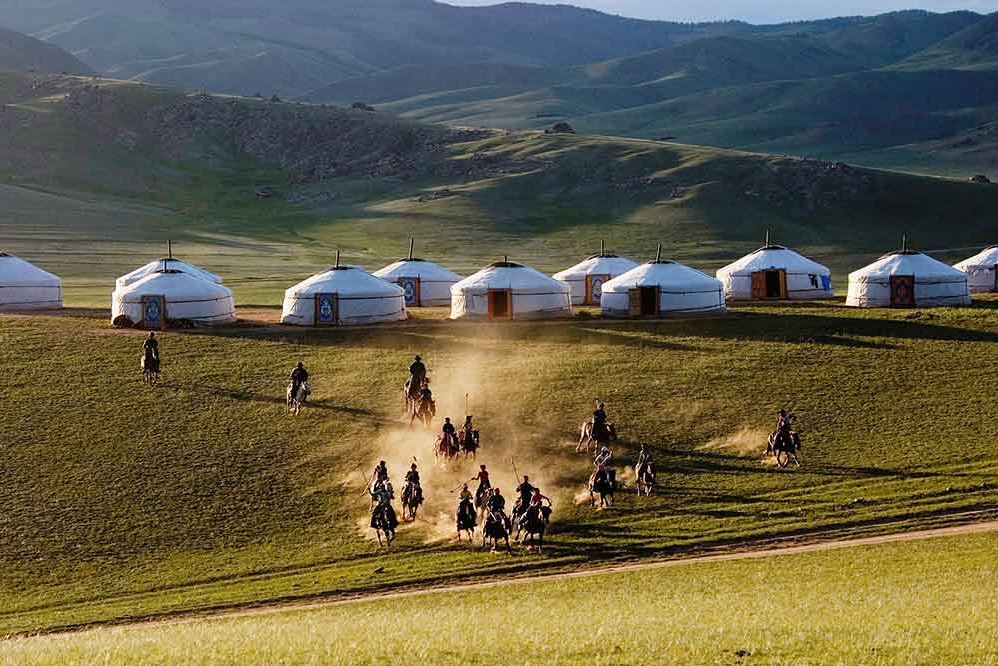
In our last afternoon on the desert, I sit quietly in the ger of Eggie’s parents-in-law, looking at the cattle, immense expanding grasslands and the purple light of sunset at the horizon in the middle of September. I try to immerse and live the life of nomads and listen to the language that I cannot understand.
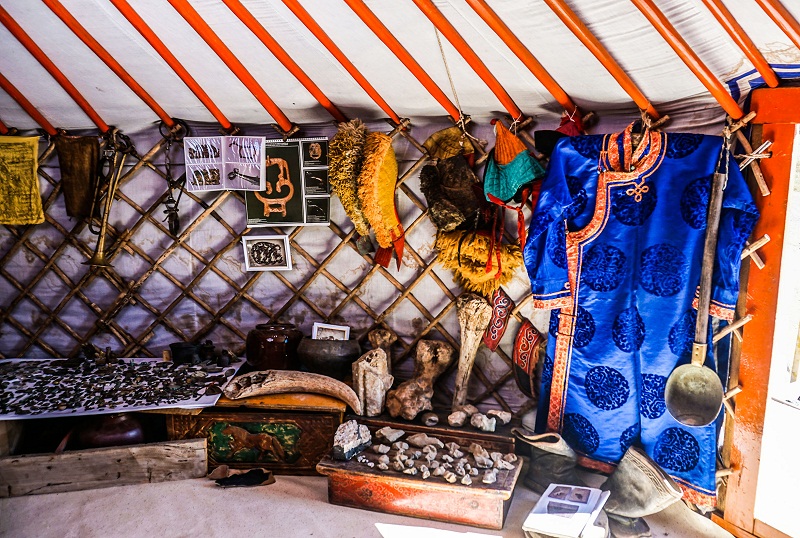
My tourist life has taught me how to keep silent to view and listen more. In this region, I feel emotional and peaceful. All worries and pressures of the daily life are gone away in this spacious grassland. It’s my journey to Gobi desert that has brought me to those precious moments.
Further information
Visa
+ It is not difficult to apply for a visa to Mongo, but you need an invitation letter from someone in Mongo. Normally, there will be agents supporting you in applying for a visa at a fee of 30-50usd per invitation letter. The inviter will send a letter to the embassy of Mongo in Vietnam via email. After several days, you will receive the code of the letter.
+ Prepare a 3×4 photo, passport, code and 25usd (if you apply for your visa at the embassy of Mongo in Hanoi) or 40usd (if you ally for your visa at the consulate of Mongo in HCMC). Then, you come to the bank to transfer money to the account of the embassy and take the receipt to the embassy.
+ At the embassy, you will fill in a personal information form and submit. After a week, you will get the result of your visa and be able to start your journey.
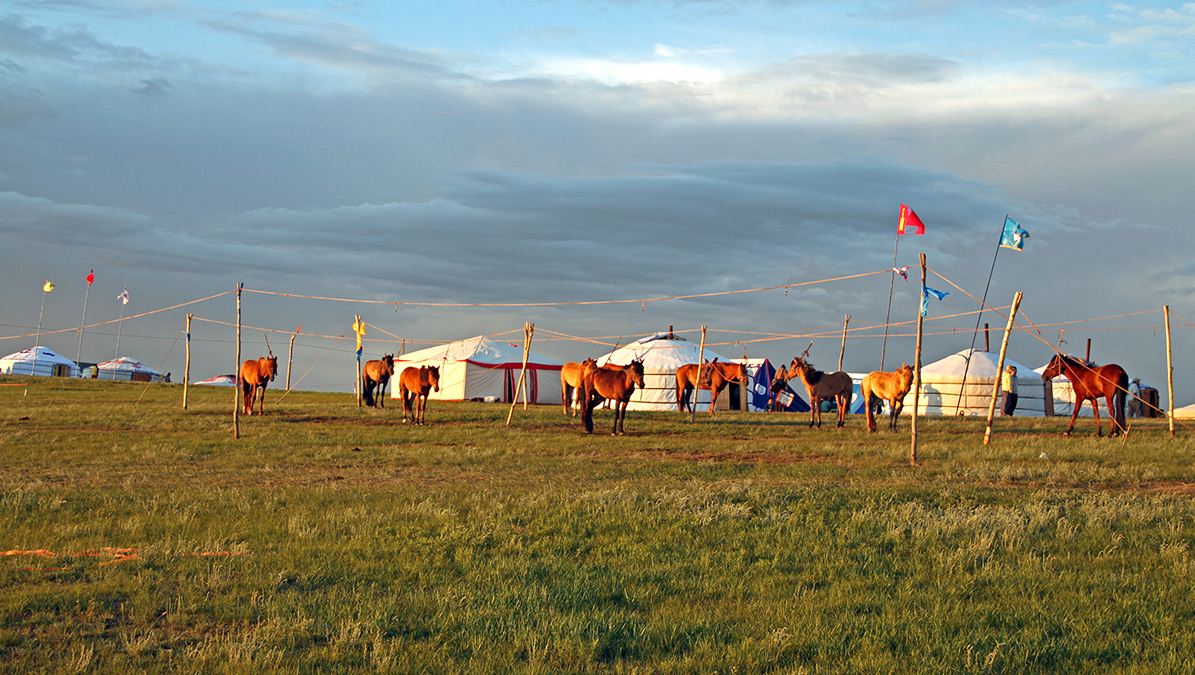
Itinerary
The ticket price between Vietnam and Mongo is quite expensive. It costs about 16-22 million VND/return ticket with a transit at Hong Kong, Korea or China. A stopover at Hong Kong will be the cheapest. You can choose some airlines, including Mongolian Airlines, Hong Kong Airlines, China Airlines or Korea Airlines. I chose to book flights of Hong Kong Airlines with a transit at Hong Kong because it was the cheapest carrier at the time of my journey. It was 8.5 million/ticket with 20kg of checked baggage, 7kg of hand baggage and a free meal.
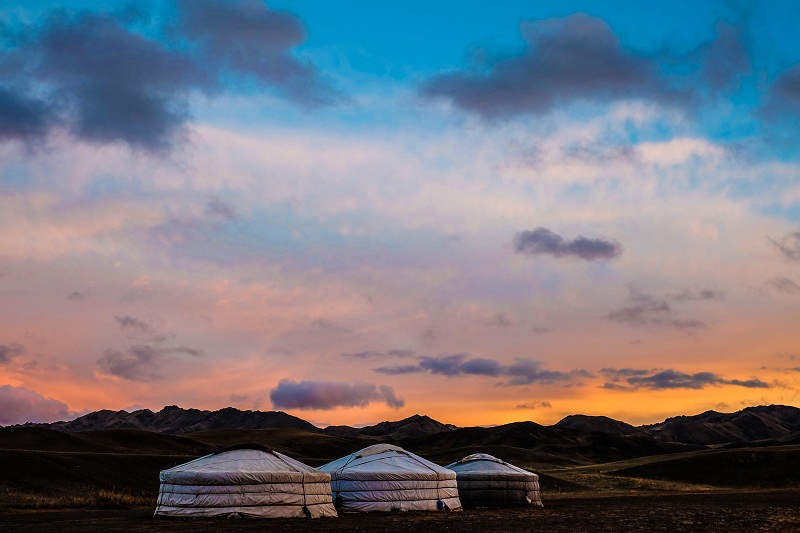
Luggage
+ Because there is no electricity in Gobi, it’s wise to bring a flashlight and a solar battery for your lamp, mobile phone and camera.
+ About food, you should bring dry ingredients, vegetables, canned meat, rice and instant noodles. It’s better to bring foods that are easy for you to store.
+ You are recommended to bring a sleeping bag, tent, insulate mat and insulate patches because it’s very cold in the evening.
Climate
+ The climate in Gobi is strongly changed with a temperature of 40 degree Celcius in summer and -40 degree Celcius in winter, when you can see falling snow.
+ It’s often hot in July and August, when Gobi is crowded with guests thanks to its Naadam festival. In September and October, Gobi will be filled in red, yellow and green colors. In winter, the weather is dry and severe. Desert winds in Gobi can be blowing at 140km/h that is quite risky for tourists to come here this time of the year.

Expenses
Ticket price from Hanoi – Hong Kong – Ulaanbaatar – Beijing – Hanoi: 850usd / Expenses for renting a car with a driver, petrol and appliances: 100usd/day. Each of 5 passengers will have to pay 20usd/day. In addition, the tent is hired at 8usd/tent/day / Food: 3-5usd/person/day / Bath: 1.5usd/person/time (twice a week). / The total expense of the 12-day trip: 408usd/person (not including ticket fares).































![10 best airports in Asia in 2016 [RANKED] kuala-lumpur-international-airport-best airports in asia in 2016 by skytrax ratings](https://livingnomads.com/wp-content/uploads/2016/08/29/kuala-lumpur-international-airport-best-airports-in-asia-in-2016-by-skytrax-ratings-218x150.jpg)








